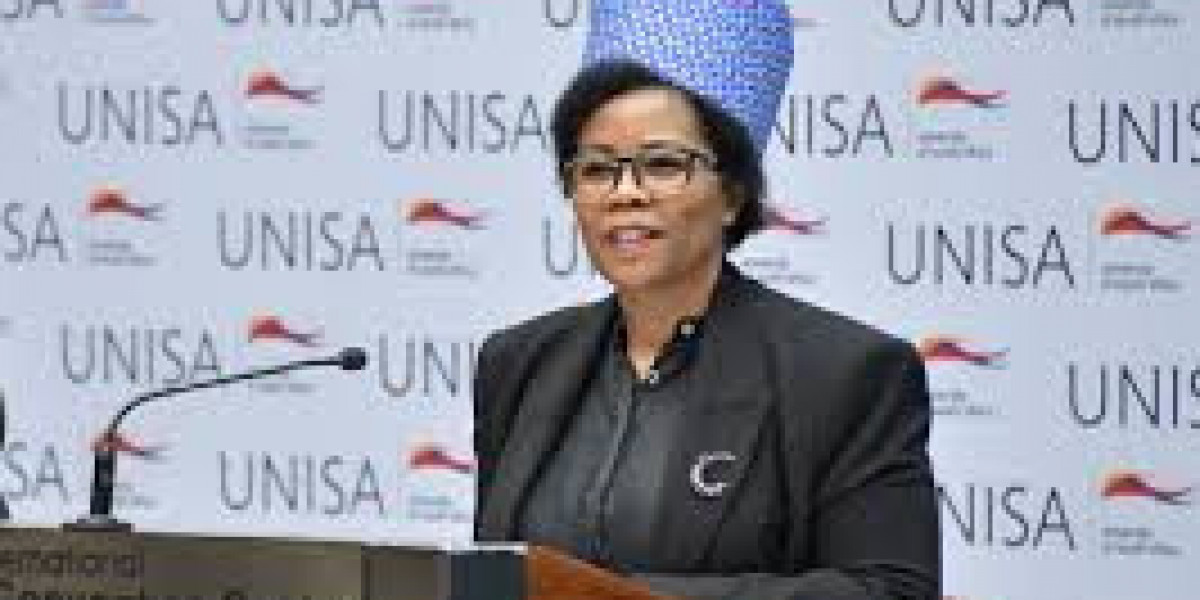The University of South Africa (Unisa), one of the continent’s oldest and largest higher education institutions, has long stood as a beacon of access to knowledge. With millions of students across South Africa and beyond its borders, Unisa occupies a unique place in shaping the intellectual and professional landscape of Africa. Yet, beneath this image of progress lies a complex reality: Unisa’s inherited instability, a legacy of structural, political, and administrative turbulence that continues to undermine the institution’s credibility and sustainability.
A Historical Burden
Unisa’s instability is not a recent phenomenon. It is the product of accumulated challenges inherited from multiple eras of South Africa’s history. Established initially as an examining body in the late 19th century, Unisa transformed into a distance-learning university that became crucial for Black South Africans under apartheid, when access to traditional universities was severely restricted. While this role made Unisa a lifeline for marginalized communities, it also meant the institution expanded rapidly without adequate structural support.
This legacy left Unisa with an overstretched system: a high student-to-lecturer ratio, outdated administrative processes, and chronic underfunding compared to the demands placed upon it. These systemic flaws were passed down through decades, creating an unstable foundation for modern governance.
Governance and Leadership Crises
One of the central features of Unisa’s inherited instability lies in its governance structures. Over the years, the institution has faced repeated leadership battles, with internal politics often overshadowing academic priorities. Allegations of mismanagement, corruption, and factional disputes within the council and executive management have further eroded trust.
The frequent turnover of vice-chancellors and senior executives has created a cycle of inconsistency, where each administration attempts to reset strategy rather than build continuity. Instead of tackling deep-seated academic and operational problems, leadership often becomes bogged down in political maneuvering and legal battles.
Administrative and Academic Strains
Unisa’s size—boasting over 300,000 enrolled students—makes it both a strength and a vulnerability. The inherited instability manifests in operational inefficiencies: delayed exam results, slow registration processes, and a strained digital infrastructure that struggles to meet modern demands.
Academically, concerns about declining quality and reduced support for students have persisted. Critics argue that the institution risks becoming a “degree mill” if it cannot balance mass access with quality teaching and research. Staff unions and student movements have also consistently highlighted unfair workloads, inadequate funding for research, and limited resources for meaningful student engagement.
Political Pressures and External Scrutiny
Unisa’s inherited instability has also been exacerbated by political pressures. Government interventions—such as ministerial reports raising concerns about governance failures—reflect how the institution’s problems are not only internal but of national concern. Calls for Unisa to be placed under administration have emerged repeatedly, underscoring the severity of its instability.
At the same time, external expectations remain high. As the largest distance-learning university in Africa, Unisa is under pressure to modernize and compete globally, particularly in an era where online education is rapidly evolving. Yet, its inherited burdens make swift reform difficult, leading to tension between ambition and reality.
The Path Forward: Reform or Decline?
Unisa’s inherited instability presents both a warning and an opportunity. On one hand, if governance failures, administrative inefficiencies, and quality concerns are not decisively addressed, the university risks further decline in reputation and relevance. On the other, the institution has the potential to re-establish itself as a global leader in open and distance education—if it can reform its structures.
Key steps include:
Strengthening governance and accountability by depoliticizing leadership and ensuring transparent decision-making.
Investing in digital infrastructure to modernize teaching, administration, and research support.
Balancing mass access with quality by expanding academic staff capacity and improving student support systems.
Restoring public confidence through consistent communication, ethical leadership, and demonstrated reform outcomes.
Conclusion
Unisa’s inherited instability is a product of its history, political context, and structural challenges. While the weight of its past continues to cast a shadow, it does not have to define its future. If the institution and stakeholders can confront its systemic flaws with courage and clarity, Unisa can transform its instability into resilience, reclaiming its place as a pioneering force in African higher education.








